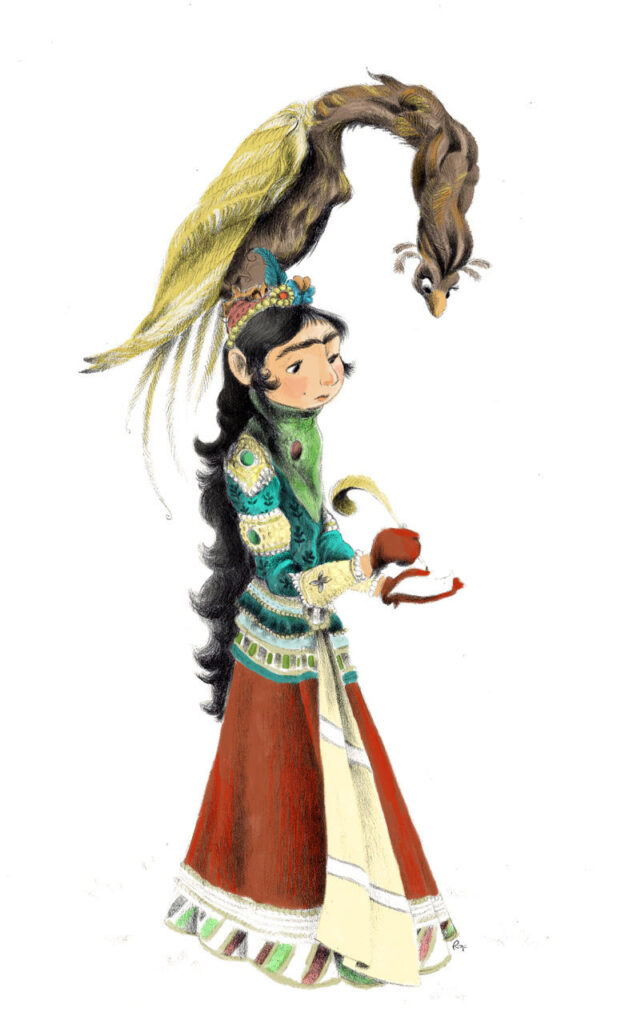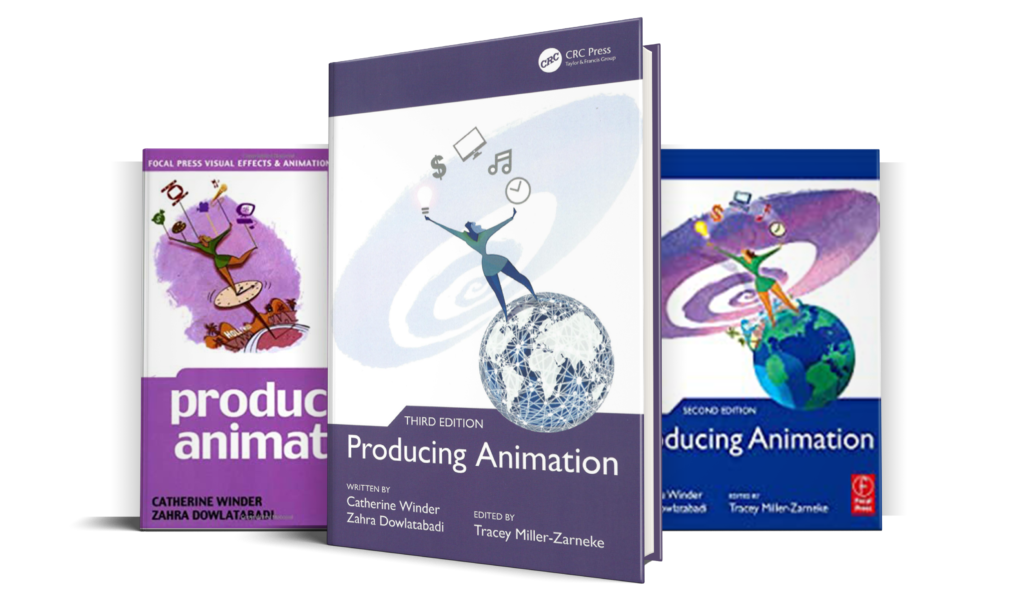PITCHING THE IDEA

These are some of the early steps in the adventure to create your own animated project:
• Spotting the idea
• Defining the format and target audience
• Identifying the buyer
• Developing pitch material
(Of course these are all covered in depth in the full text of the book, but for sharing’s sake on this site, here is an excerpt on pitching for a bit more insight into the next step!)
Before going into a pitch, practice your presentation. First impressions are important, so it is critical to come off as polished and professional as possible. Brief is best. Preparing an “elevator pitch” (which is literally just a few lines of explanation that take only one minute or so) allows you to focus on the essential and most intriguing details of your concept. From that base, you can develop a slightly more detailed pitch that is ten minutes or under for a series, and 10–15 min for a feature—no more! In both cases, it is a good technique to come up with a single sentence that sets the tone of the pitch and provides context for your audience. This sentence may be as simple as referencing a well-known movie or a combination of ideas to which your project is similar.
If you have a creative partner, decide who will handle what during your meeting. Evaluate the strengths and weaknesses of the partnership. Your strength may be in drawing and your partner’s in selling the story. Take practice runs, setting each other up rather than stepping on top of one another during the presentation.
When pitching, try to remain as natural as possible. Analyze your audience’s response and try to cater to what their needs are rather than taking the pitch in a direction that is suitable for you. Again, be short and to the point—don’t waste time. Summarize what you are selling and get the concept across in just a few sentences.
Note that some studios may require you to sign a submission release agreement before your pitch. The purpose of this is to make clear the studio’s position of no obligation to a producer by virtue of hearing a pitch, even holding the company harmless if the studio develops a project based on the ideas similar to those pitched. This release is typically required for those people who have original ideas and are not established in the industry. However, in some cases, even the most established producer will be required to sign one of these agreements before s/he is allowed to pitch an idea.
After a pitch, it generally takes time to get a response.
Creative executives have many projects that cross their desks each week. Consequently, it is almost impossible for them to get back to everyone in a timely manner. Unless you meet with the person who can green-light optioning a property, the creative executive still needs to sell it to his/her superiors, who may want you to pitch the property again directly to them. They may also ask you to send more materials.
After the pitch, being patient is critical. You should expect to wait at least 4 weeks before hearing anything.

Story Development Art for ‘A letter from a Persian Princess’ Kayvon Darabi-Fard © 2020
If yours isn’t the project for this executive, take the rejection gracefully. You want to leave a good impression with your executive so s/he will want to see you again, at this job or the next, because executives tend to move around a lot (it has been said that the average career span of a creative executive at a particular studio is one-and-a-half to three years). If you are in it for the long haul, chances are good that you will cross paths with this individual numerous times at different studios.
If you get a positive response, you should be very excited, as you are one step closer to the fun process of in-depth development. But first you need to put an agreement in place with your new creative partner.
More information follows in the textbook:

